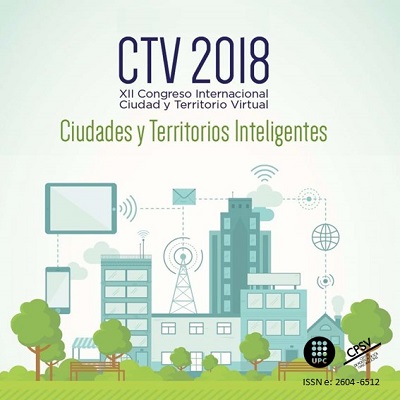The Metrovia as a BRT System - The Case of the City of Guayaquil
DOI:
https://doi.org/10.5821/ctv.8237Keywords:
Metrovia, Guayaquil, mass public transportAbstract
The Guayaquil Metro is part of the new BRT transport system, which was presented as a mass public transport that combines stations, vehicles, planning and intelligent elements in an integral system. This system also involves bus corridors in segregated lanes, either level or vertical, as well as modernized bus technology. However, within the circuit in which the system is developed, the inexistence of flexible and efficient spaces that prevent displacement over short distances is evident, which is why the use of the vehicle is excessive within the city, both on streets and avenues, in free areas for parking. Although cities do not die, they grow and transform, as a consequence of the local economy, the needs of their inhabitants and the capacity of response of the entities that have competences on the improvement of their quality of life. Product of that growth, the city has sought to implement a mechanism that represents greater benefits in terms of time, money and quality of service, but perhaps leaving aside the study of those particularities that denote a respect for the built environment.
In Guayaquil one of the main points is that the center of the city has different widths in its roads that are in some cases between 11 and 18 meters, these streets, have not been designed for this transport system where in addition to occupy the lanes mixed (private vehicles, taxis, motorcycles and public transport) is placed a central element that in this case are the bus stations. Therefore, the central objective in this research is to analyze the impact that has occurred in the urban structure of Guayaquil from the mass public transport system and how it has contributed to the improvement of the quality of life of the inhabitants of the city. Additionally, we seek to identify how mass public transport is a project of sustainable mobility and diversity in the city's soil.
The methodology proposed is through surveys conducted by the author as a purpose to know the different activities and perceptions of the users of the Metrovia, in such a way that the use of the system, stops, trunks and axes where there is mobility is identified greater and the quality of the spaces at the level of stops, terminals and buses, another point is participant observation or participatory observation that has been part of the study of cities for many years, qualitative studies that are included as a form of collect information, such as interviews, observation and analysis of documents.
























